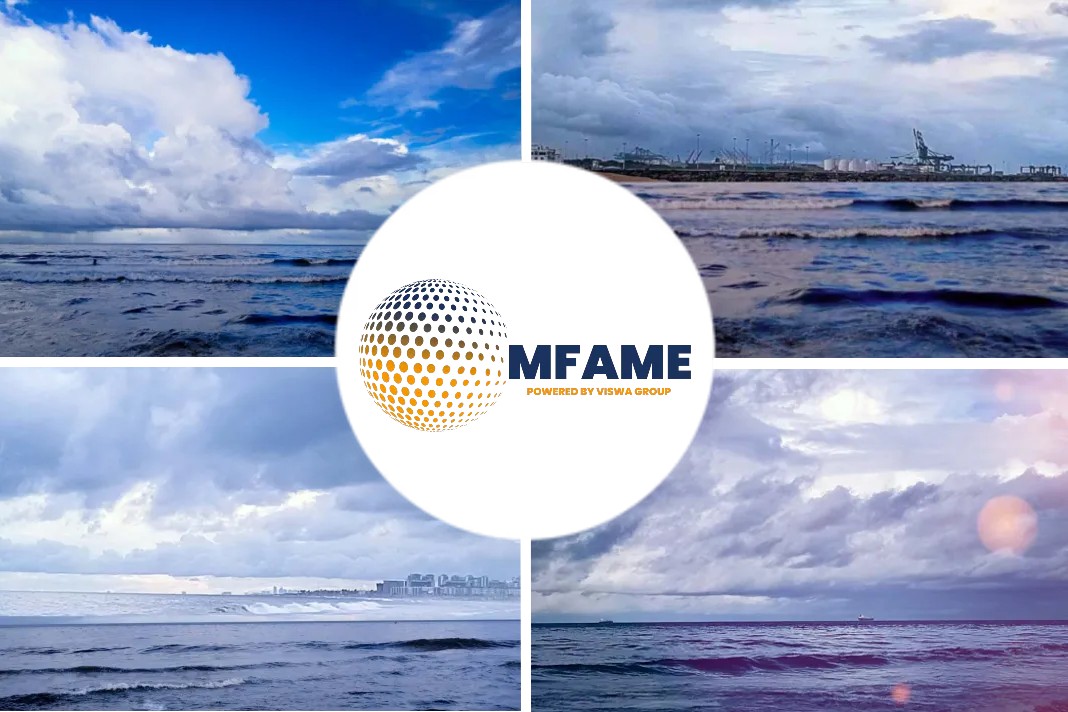After a detailed study about the cargo vessel, S.S.EI Faro, that sank on Oct 2015, the National Transportation Safety Board has announced during a public meeting that the deadliest shipping disaster involving a U.S.-flagged vessel in more than 30 years, was caused by a captain’s failure to avoid sailing into a hurricane.
What happened?
The 790-foot, cargo vessel, S.S. El Faro, en route from Jacksonville, Florida, to San Juan, Puerto Rico, sank Oct. 1, 2015, in the Atlantic Ocean during Hurricane Joaquin, killing all 33 aboard.
But how?
It was trapped in the 140 miles per hour (225 kilometers per hour) winds of Category Four Hurricane named Joaquin.
The 53-year old Captain Michael Davidson failed to correct course of the cargo vessel for reasons unknown.
NTSB Chairman Robert L. Sumwalt, said in a statement, “We may never understand why the captain failed to heed his crew’s concerns about sailing into the path of a hurricane, or why he refused to chart a safer course away from such dangerous weather, but we know all too well the devastating consequences of those decisions.”
What then?
The captain made last contact with land to report a loss of propulsion and water entry.
The NTSB launched intensive inquiry in its 50-year history, and interviewed dozens of experts and colleagues, friends, and family members of the crew.
Also, a robot was submerged to retrieve El Faro’s voyage data recorder from the three-mile-deep seabed. The black box contained everything that was said on the ship’s bridge, right up to its final moments afloat.
NTSB investigators worked closely with the U.S. military and federal- and private-sector partners to locate the wreckage, take photo and video document of the ship and its debris.
Did you subscribe for our daily newsletter?
It’s Free! Click here to Subscribe!
Source: NTSB

















